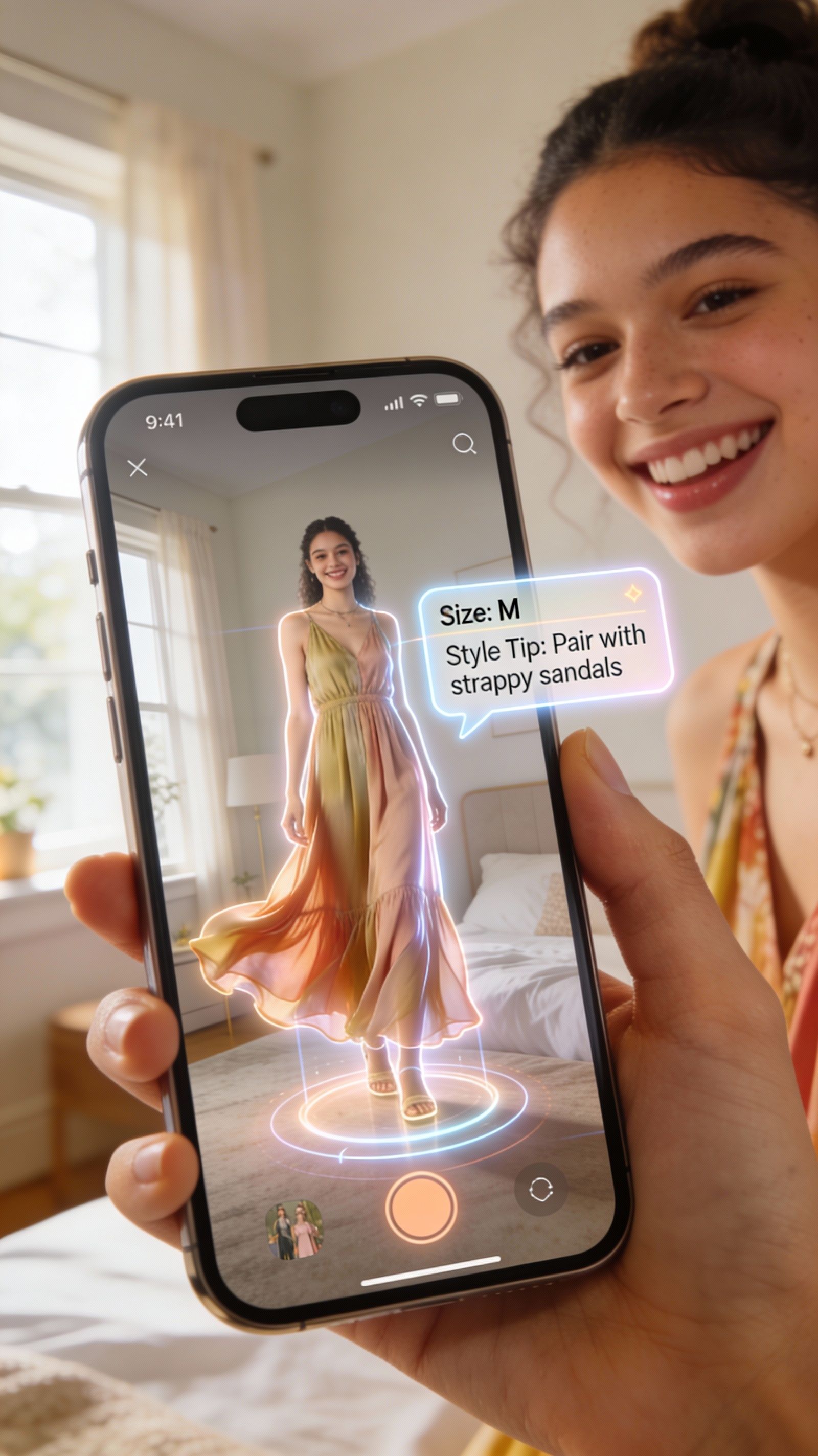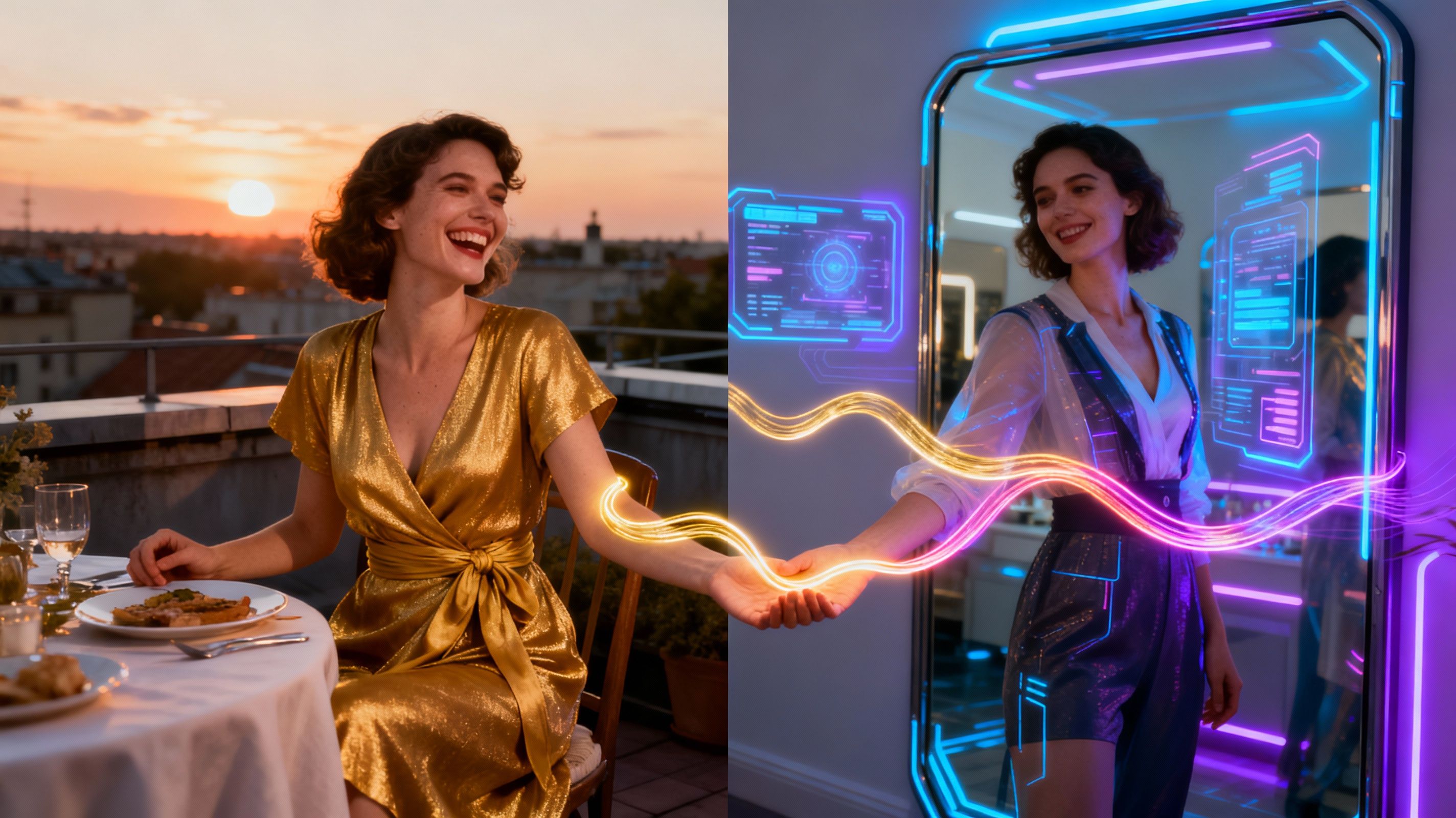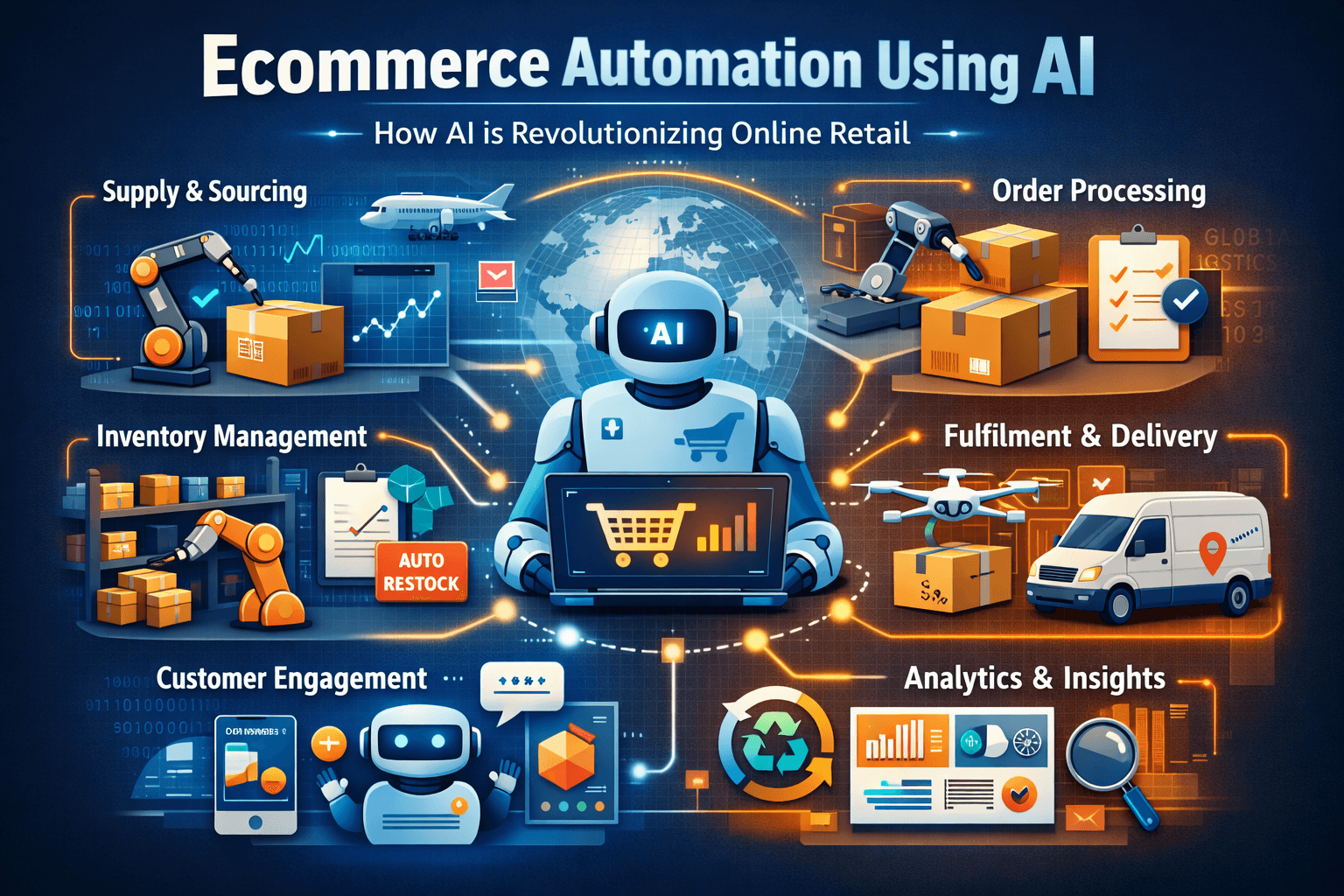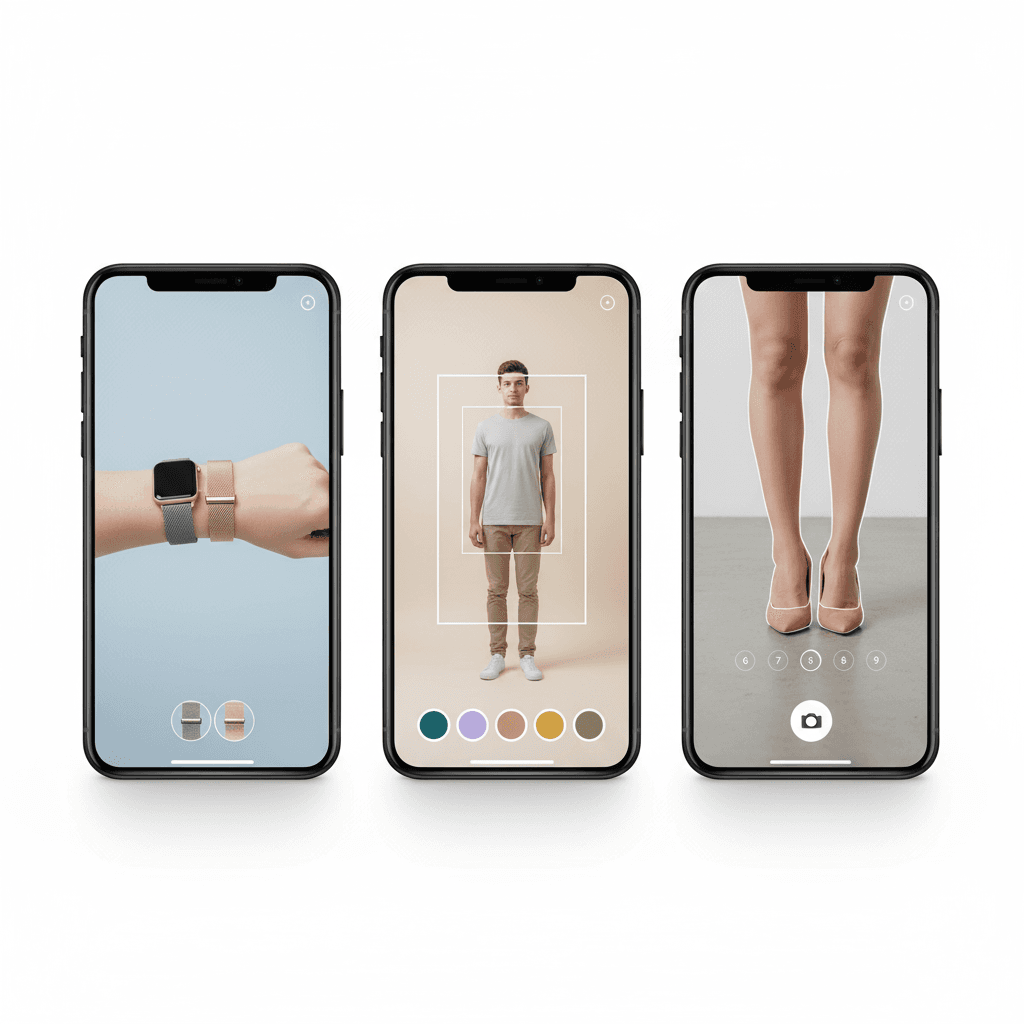How Augmented Reality Retail Shopping Is Changing Fashion?
AI Tools for Shopping Just Leveled Up Your Closet


For decades, shopping meant going to a store, trying on clothes, and hoping something clicked. Then came e-commerce — endless options, thousands of brands, and pages that never end. Great, right? Not always. Because more choice often leads to more confusion.
That’s why a new wave of AI tools for shopping is flipping the game. These tools don’t just show you clothes — they curate them, style them, and learn what you like before you do.
From Gen Z wardrobes to fashion-forward millennials, everyone’s now asking the same question: Why scroll endlessly when AI can do it better?
Why Shopping Feels Broken (and AI Can Fix It)

Let’s be real: fashion e-commerce can feel overwhelming.
- Too many brands
- Confusing size guides
- No idea what looks good on you
- Style changes every few weeks
- Social media says “wear this,” but your budget says “maybe not”
Even the best-looking fashion apps can’t solve these issues with filters alone. But AI? AI understands patterns, preferences, moods, and context. And that’s why AI tools for shopping aren’t just hype — they’re necessary.
What Are AI Tools for Shopping?

Think of AI tools as virtual stylists powered by machine learning. These tools analyze your:
- Browsing behavior
- Past purchases
- Style interactions (likes, saves, skips)
- Body type, mood, color palette
- Price sensitivity and brand choices
They then use this data to recommend pieces that make sense for you. Not what’s trending for someone else — but what works for your closet, your body, and your budget.
And the more you use them, the smarter they get.
Meet Glance AI Shopping — Fashion That Feels Personal
Among the rising stars in this space, Glance AI shopping is one of the most intuitive platforms for fashion discovery.
Instead of bombarding you with random clothes, it gives you:
- Curated outfits
- Style tips based on weather, occasion, and aesthetic
- Recommendations that evolve with you
- Personalized feeds powered by your mood
Glance AI shopping doesn’t treat you like “user #15463.” It treats you like an individual with taste, identity, and changing vibes.
10 Ways AI Tools for Shopping Are Transforming Fashion

1. Hyper-Personalization, Not Just Filters
Most apps ask you to “filter” by size, color, price. But AI goes deeper. It understands that your definition of “bold,” “neutral,” or “comfy” is unique.
It reads your style rhythm, not just your search terms.
2. From Infinite Scroll to Curated Feeds
Endless product pages are exhausting. AI creates focused feeds so you only see what suits you. Not interested in florals? You’ll stop seeing them.
That’s what makes AI tools for shopping smart — they reduce digital clutter.
3. Mood-Based Dressing Becomes Real
Ever looked at your closet and thought, “I don’t feel like wearing this today”? AI shopping tools get that. Platforms like Glance AI shopping adapt to your vibe.
Feeling experimental? You’ll get edgy pieces. Feeling soft and minimal? Pastels and cotton it is.
4. AI-Powered Size & Fit Predictions
One of the biggest frustrations in online fashion is sizing. Brands use different metrics, and body types vary endlessly.
AI solves this by learning what fits you. It combines brand data, user feedback, and return histories to suggest accurate sizing — reducing the guesswork and returns.
5. Smart Wardrobe Planning
AI tools like Glance help you build wardrobes, not just carts. They suggest what pairs well with what — so that oversized tee? You’ll also get recommendations for shoes, bags, or trousers to go with it.
Less impulse, more intention.
6. Personalized Budget Control
Fashion doesn’t have to break the bank. AI shopping platforms now allow budget thresholds per category, occasion, or brand.
This keeps your wardrobe in control — and your savings intact.
7. Cleaner, Sustainable Fashion Discovery
When you know your style, you buy less junk. AI encourages conscious fashion habits by steering you toward quality over quantity.
It shows you long-lasting pieces that align with your vibe — not fast trends that die in a week.
8. Community-Driven Styling (Emerging)
Some newer AI tools are blending personalization with social feedback loops.
- Imagine AI that learns not just from you, but also from style twins in your circle or community.
- Think: “Other users with your body type + taste loved this look.”
This social layer of AI shopping tools is just beginning to grow — and has huge potential.
9. AI-Assisted Secondhand Shopping
Platforms like Relovv and ThredUp are using AI to match pre-owned pieces to your style.
- AI tools now suggest vintage, thrifted, or sustainable buys based on your existing wardrobe aesthetic.
- You get style + sustainability + savings — all in one scroll.
Resale is expected to outgrow fast fashion by 2028 — AI is powering that shift.
10. Voice-Activated Style Suggestions
The future? You ask, AI answers.
- Tools are testing voice interfaces like “What should I wear for a brunch date?” or “Show me something cottagecore under ₹2000.”
- Voice + visual AI could completely replace old-fashioned browsing in the next phase of online shopping.
Just say it — and your closet updates in real time.
Why Gen Z and Fashion Lovers Are Loving the Shift

For Gen Z, fashion is identity. It’s not about brands — it’s about alignment. AI tools for shopping like Glance are speaking their language:
- Visual-first, scroll-friendly layouts
- Instant feedback and learning
- Aesthetic-based suggestions (cottagecore, streetwear, monochrome, etc.)
- Real-time evolution of feed as you engage
This kind of personalized experience feels fresh, relevant, and empowering.
You don’t just look good — you feel seen.
The Bigger Picture: AI Commerce Is Here to Stay
AI isn’t just changing what you see — it’s changing how commerce is built. Brands now:
- Use AI to design collections
- Forecast trends based on digital behavior
- Tailor marketing based on micro-influencer style cues
- Integrate AI tools into their websites for better user experience
So whether you’re shopping on a large marketplace or a niche designer store, AI tools for shopping are quietly shaping every touchpoint.
What to Expect in the Next Phase of AI Fashion Tools
We’re only getting started. The future holds:
- Voice-based outfit recommendations (“What should I wear for a brunch date?”)
- Virtual fitting rooms using 3D avatars
- AI-powered resale matching (buying and selling secondhand based on personal style)
- Cultural styling engines (clothes suited to festivals, regional trends, family events)
And platforms like Glance AI shopping are preparing for this next wave of hyper-relevant, tech-enhanced styling.
How Glance AI Stands Out From Other AI Shopping Tools
AI shopping is a growing space, and several players are making waves. But not all tools are created equal. Let’s look at a few popular ones and how Glance AI shopping sets itself apart:
AI Shopping Tool | Key Features | Limitations |
| Amazon’s Personal Shopper | Monthly curated picks, based on Prime user data | Brand-heavy and often generic; lacks mood or aesthetic-based suggestions |
| Google Shopping AI | Smart filters, price tracking, cross-platform comparison | Focuses more on price than style or user preference evolution |
| Fashwell (by Zalando) | Visual recognition for fashion, image-based search | Mostly backend tech for retailers; not a user-facing stylist |
| Shopify’s AI Tools | AI-driven product recommendations, smart cart features | Varies by store; not consistent across the board |
| Stylitics | Recommends “complete the look” add-ons based on big retailer integrations | Often geared more toward upselling than styling for identity |
| Glance AI Shopping | Curated outfits, mood-based feeds, aesthetic styling, personal vibe evolution | Currently focused on fashion — not yet expanded into home/lifestyle categories |
Final Thoughts
Fashion shopping no longer has to be chaotic or impersonal. With the rise of AI tools for shopping, it’s becoming smoother, smarter, and more you.
Whether you're building a capsule wardrobe, shopping for an event, or just browsing for fun — AI is the style-savvy friend that makes sure every purchase feels like a win.
In short: AI isn’t replacing taste. It’s revealing yours.
FAQs
Q1. What are AI tools for shopping?
They’re smart algorithms that personalize your fashion shopping by analyzing your preferences, fit, and style to show better recommendations.
Q2. What is Glance AI shopping and how does it help?
Glance AI shopping curates full outfits, adapts to your vibe, and simplifies discovery by offering style tips tailored to your fashion identity.
Q3. Can AI tools really replace personal stylists?
Not replace — but enhance. AI stylists learn faster, scale easier, and adapt to your real-time mood and lifestyle better than manual styling.






